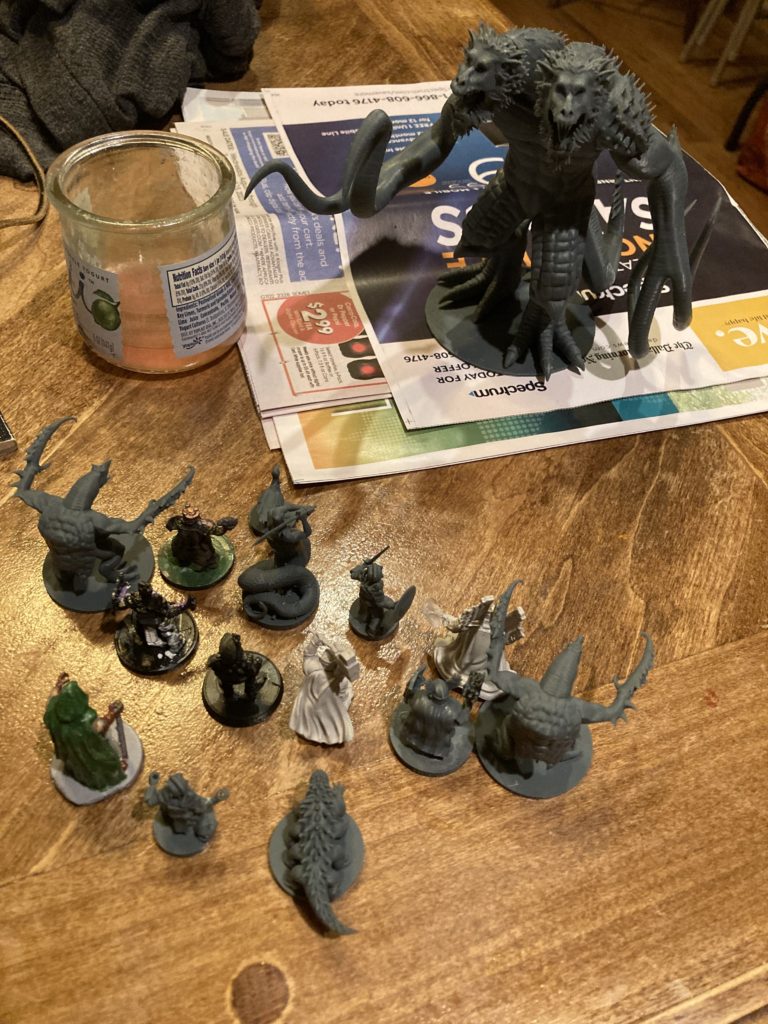3D printing, also known as additive manufacturing, is a process of creating three-dimensional objects from digital models by depositing layers of material on top of each other. 3D printing has been around for decades, but it has gained popularity and accessibility in recent years due to advances in technology, materials, and software.
3D printing is not just a hobby or a novelty. It is a revolutionary field that has the potential to transform many industries and sectors, such as healthcare, education, engineering, art, and more. I want to take a moment and share some of the amazing things that people are doing with 3d printing.
- Healthcare: 3D printing can be used to create customized medical devices, implants, prosthetics, and even organs. For example, researchers at Wake Forest Institute for Regenerative Medicine have successfully printed human skin, cartilage, bone, and muscle tissue using bioprinters that deposit living cells and biomaterials. These printed tissues can be used for transplantation, drug testing, or wound healing.
- Education: 3D printing can be used to enhance learning and teaching by providing hands-on and interactive experiences for students and teachers. For example, students can print models of historical artifacts, scientific concepts, or mathematical shapes to explore and understand them better. Teachers can also use 3D printing to create customized and engaging curriculum materials and tools.
- Engineering: 3D printing can be used to design and prototype new products, machines, and structures faster and cheaper than traditional methods. For example, engineers at NASA have used 3D printing to create rocket engine parts, satellites, and even habitats for Mars. 3D printing can also enable more complex and innovative designs that are not possible with conventional manufacturing techniques.
- Art: 3D printing can be used to create unique and expressive artworks that challenge the boundaries of creativity and aesthetics. For example, artists can use 3D printing to create sculptures, jewelry, fashion, or even musical instruments that combine different materials, colors, textures, and shapes. 3D printing can also allow artists to collaborate and share their work with others online.
These are just some of the examples of how 3D printing is changing the world and I’m humbled to be a part of it. I love that my kids can ask for a DnD character and have it in their hands that very same day. I love that I can tell my boys to design an adapter plate for our fence and they can iterate through the design process quickly.

